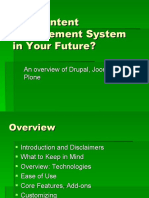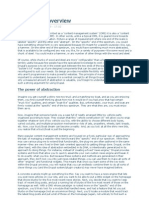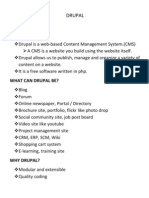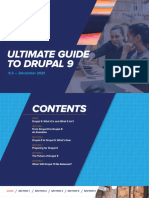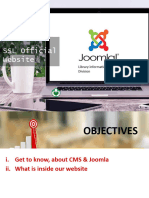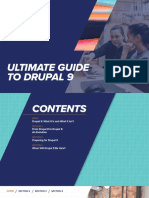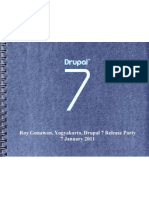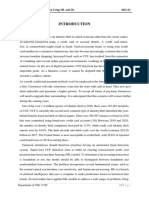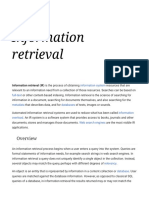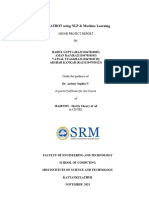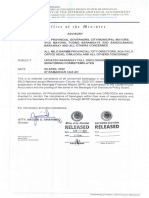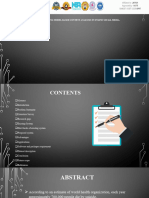0% found this document useful (0 votes)
16 views3 pagesDrupal CMS Notes
Drupal is a free, open-source CMS known for its flexibility and scalability, suitable for various sectors. It features a modular architecture, supports multilingual content, and allows detailed user role management. Key functionalities include content management through nodes, customizable themes, and security maintenance practices.
Uploaded by
DakshCopyright
© © All Rights Reserved
We take content rights seriously. If you suspect this is your content, claim it here.
Available Formats
Download as PDF, TXT or read online on Scribd
0% found this document useful (0 votes)
16 views3 pagesDrupal CMS Notes
Drupal is a free, open-source CMS known for its flexibility and scalability, suitable for various sectors. It features a modular architecture, supports multilingual content, and allows detailed user role management. Key functionalities include content management through nodes, customizable themes, and security maintenance practices.
Uploaded by
DakshCopyright
© © All Rights Reserved
We take content rights seriously. If you suspect this is your content, claim it here.
Available Formats
Download as PDF, TXT or read online on Scribd
/ 3

















